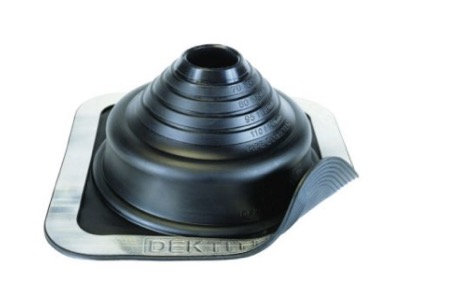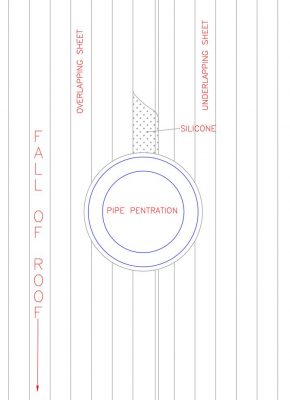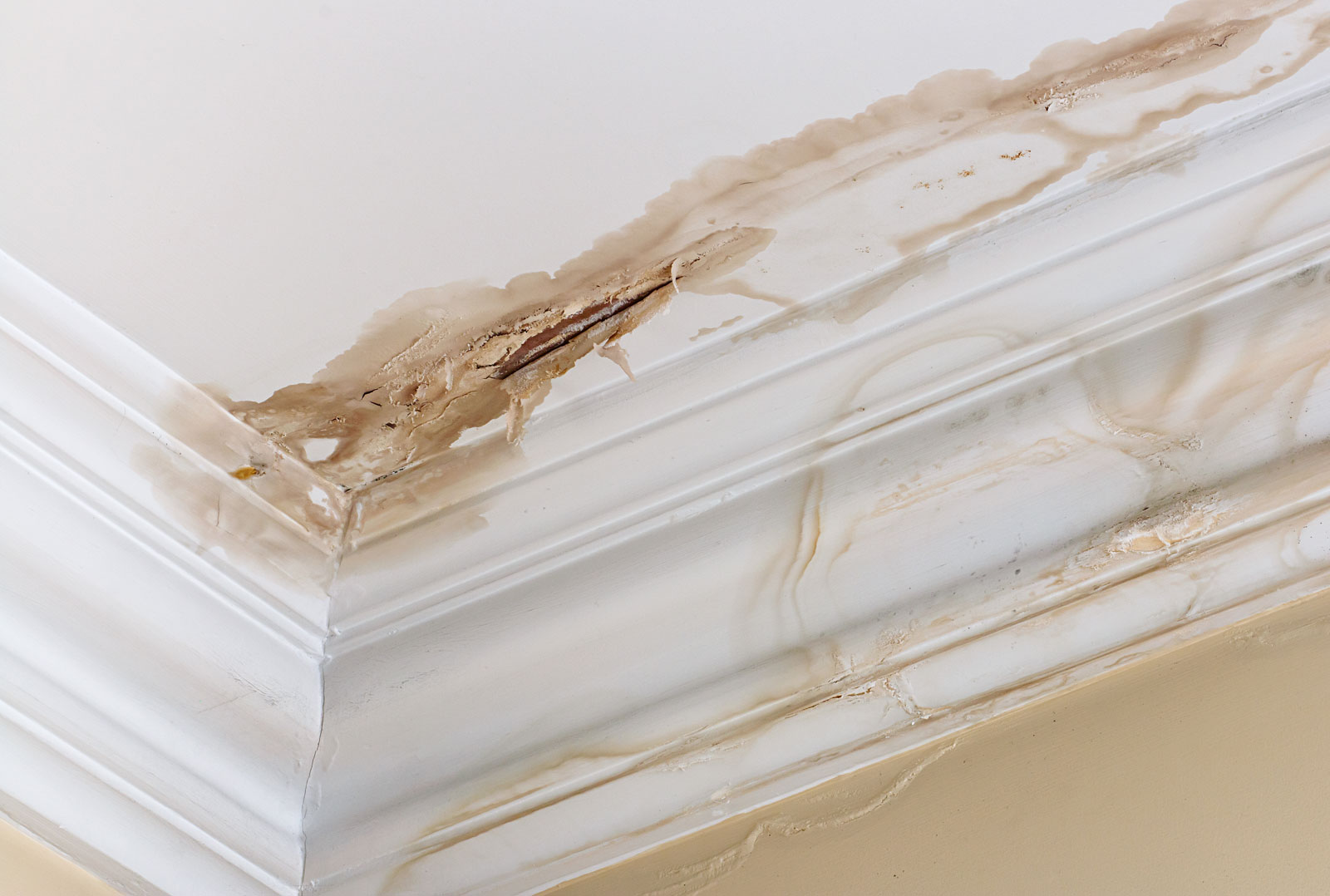expert-advice
How to fix a roof leak from a roof penetration on a Colorbond metal roof sheet
A leaking roof caused by roof penetrations is a problem for roofers and their customers. It can result in hours of lost productivity and customer disappointment. This roofer’s problem has been around since Palaeolithic man first thought it might be a good idea to let the smoke out of their cave without letting the rain in.

Luckily there is a simple trick not taught at technical colleges to help roofers avoid a common error when dealing with roof leaks caused by roof penetrations.
The problem for many plumbers new to metal roofing, is the seemingly simple process of installing a Dektite® flashing to seal a roof penetration from a slow combustion heater flue or plumbers vent pipe.
A Dektite®, also known as a pipe boot, is a rubber cone with an aluminium backed flange strip that attaches to the roof and elegantly solves another common roofer’s problem: how to seal the penetration of a roof by a round pipe or post.

What is not mentioned in the brochure for how to install a Dektite® is that if your vent pipe or heater flue penetrates the vertical join or lap in your roof sheets another issue can arise.

The issue is a lapped vertical roof sheet joint in which consists of an overlap and an underlap. A small amount of moisture is drawn by capillary attraction under the overlap and into the valley of the underlapped sheet. This is not a problem if the water can run undisturbed in the underlap to the gutter but when the pipe penetration beneath the Dektite® cuts through the join, the water has nowhere else to go and will leak into the building, causing what appears to be a mystery leak.
This leak will result in an annoying drip that mysteriously begins sometime after the rain and can persist for a little while after it has stopped. No amount of silicone applied to the Dektite® roof connection is going to make any difference. Over time this dampness can lead to rotting which can have catastrophic consequences.

HOW TO FIX LEAKS WHEN YOUR VENT PENETRATION FALLS ON THE LAP
If your roof penetration does occur on the lap joint, a few simple steps need to be taken to avoid a roof leak.
Seal the lap joint above the vent penetration with silicone by caulking along the valley of the underlap, all the way up to the ridge cap.
If this is not practical or desirable for aesthetic reasons, the lap can be opened by easing a few roof screws.
- A bead of silicone, caulked at 45 degrees, starting from 100mm above the Dektite® can be run from the edge of the underlapped sheet to the overlapped sheet, to redirect rainwater away from the roof cavity.
- Then run the silicone vertically down, just underneath the joining edge, to seal the lap all the way to the Dektite®. This will lead the water trapped in the lapped joint back out into the channel sealed off by the Dektite®.
- The Dektite® itself should, of course, be sealed with silicone in accordance with the manufacturer’s instructions.
Check out the diagram below for a clearer picture of what we mean.

And there you have it, an easy fix to a common roofer’s dilemma.
Join us at The Rainhead– a place where roofing knowledge flows from us to you.

